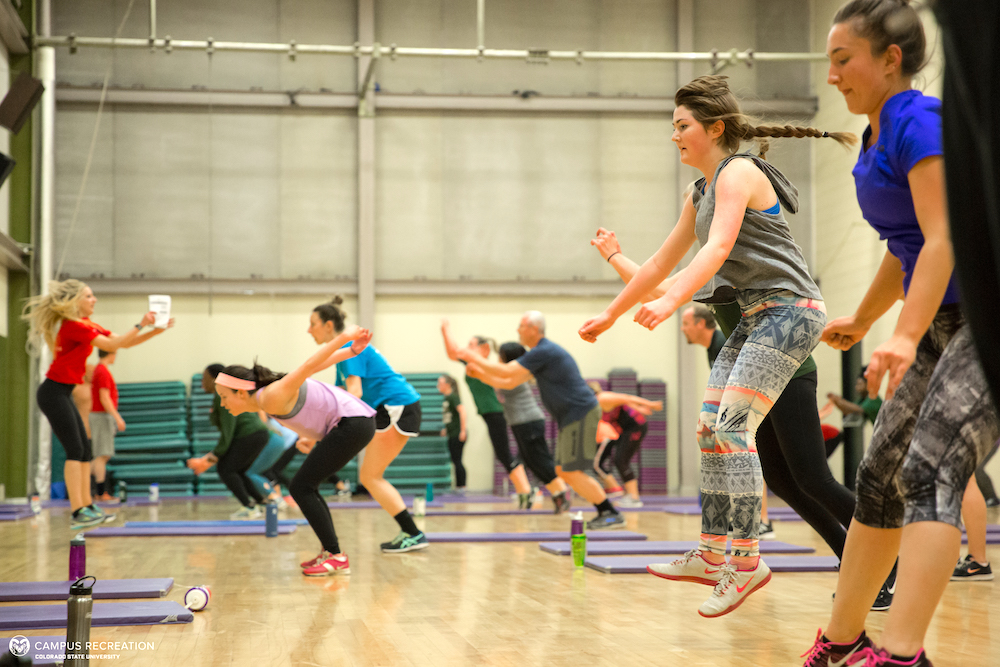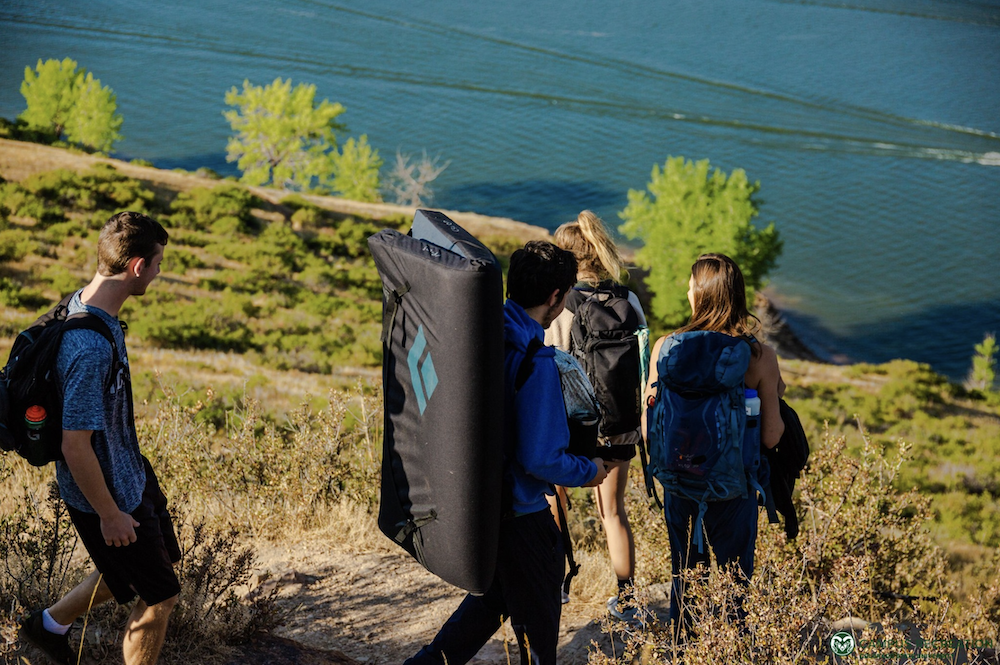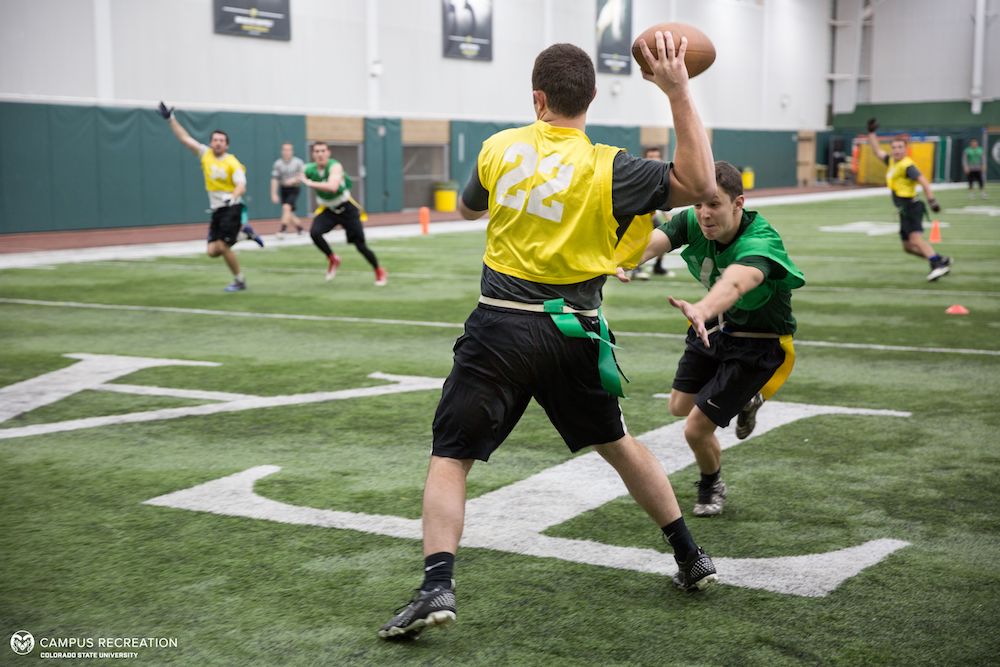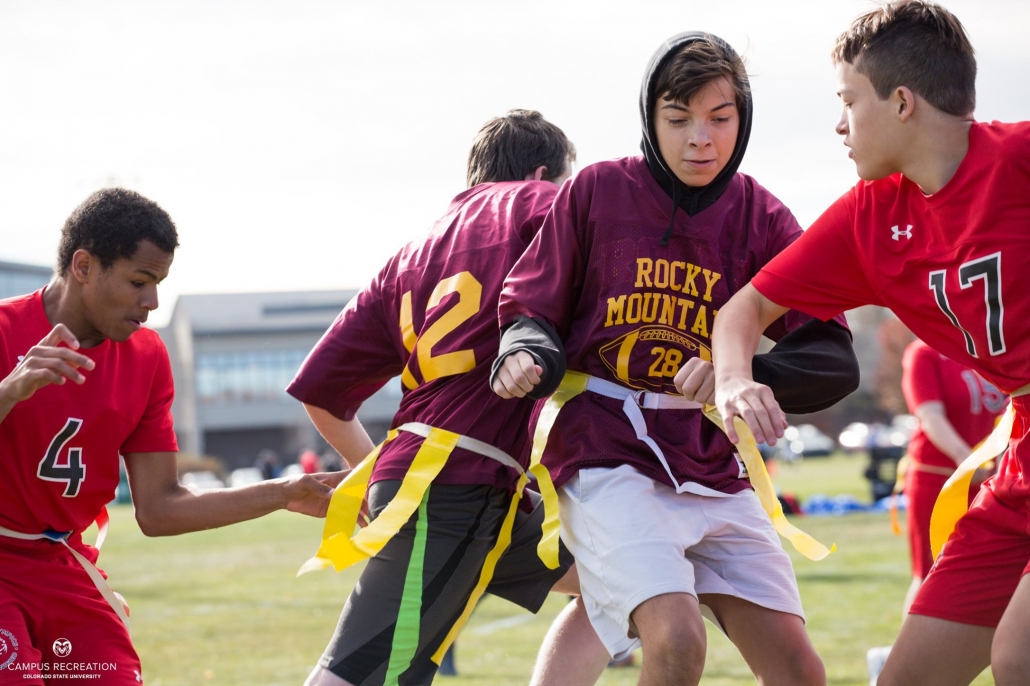This is how we Rec!
Whether you’ve declared it on social media or not, this time of year never fails to bring a surge of “new year, new me” talk, especially with the blank slate of a new decade. It might have occurred to you in a late November pumpkin pie haze that once the clock strikes midnight on Jan. 1 you’re going to eat less sugar, or maybe you made a list of fitness goals at the dawn of new year’s day. The most common new year’s resolutions are usually something along with the lines of eating cleaner and exercising more. We’ve all been there. After the resolutions have been set, it’s all too common that the influx of gym memberships and crowded weight rooms dissolve before they see the light of February.
Making a declarative resolution such as “I’m going to get fit this year” is at the very least intimidating, and sadly 92% of you might be setting yourself up for failure according to a study by the University of Scranton. According to studies, over half of us ditch our resolution before the end of the first month, and then it’s a done deal (until next year comes around). If you have the desire to improve your health and wellness with the dawn of the decade: congratulations, you’ve acknowledged an area of growth for yourself and you’re one step closer to achieving it. However, it’s important to incorporate intentionality to attain the results you’re looking for instead of expecting a major lifestyle change when the clock strikes midnight. You are capable of conquering your goal no matter how daunting it may seem!
The first thing you should do is address the resolution-making process. Making a resolution implies there’s something you need to resolve and make a firm decision to do so, which could be creating a recipe for failure. The intention is pure, but the execution needs some work. Instead of using this language, focus on making realistic and trackable goals instead. If you’re committed to transforming into the healthier, or a more fit version of yourself in the new year, invest the time and energy into planning specific, measurable, attainable, relevant, and timely goals. If your business 100 lecture is a bit fuzzy, SMART goals outline five criteria that can break down any goal to make it easier to accomplish. Think baby steps! The method has been around for decades and is a reliable way to approach the complex goal-setting process, especially amid the new year’s resolutions craze. If you put in the work to turning your fitness resolutions into SMART goals, you can be sure to not fall into the pattern that many of us are guilty of.
Here’s the breakdown:

There are endless possibilities for self-improvement in the 2020s. As cliche as it may be, don’t forget to celebrate the small successes. If you’re planning on something more long term, don’t be discouraged if you have to take a step back now and then to evaluate your steps of action if they aren’t working out. Embrace the process of making steps forward and an occasional step back. Even if you prefer to hit the gym solo, it can be helpful to have a friend to share your progress with and have another person to hold you accountable and celebrate your wins. Even a small goal can be applied to this method and will give you the tools to make more long term goals that help create healthy habits for the future. With the help of SMART goals, you’ll be ditching the “new year, new me” mindset and working toward your health and fitness goals in the smartest fashion.






